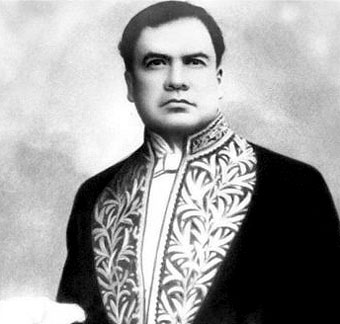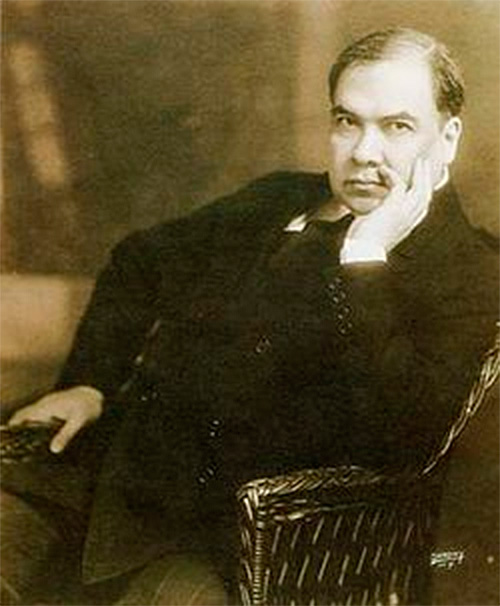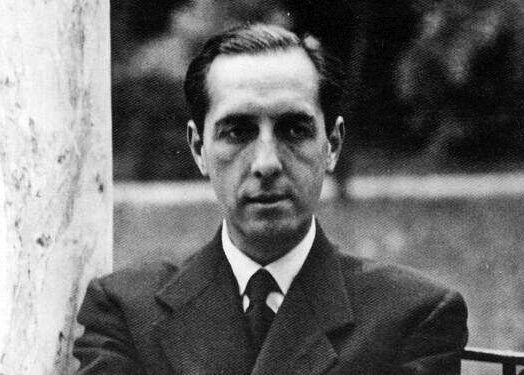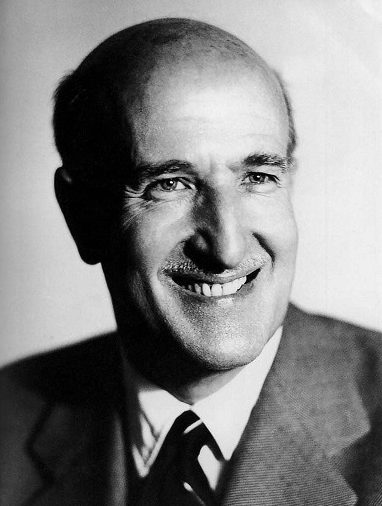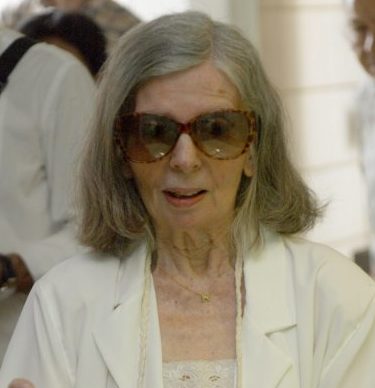Nicaraguan writer and diplomat, maximum representative of literary Modernism in the Spanish language. He influenced all Spanish writers of the late nineteenth and early twentieth centuries. Federico García Lorca was formed with his poetry and in his first texts the guidance of this author is clearly perceived. In Rubén Darío he found not only a poetic model, but a feeling very similar to his own, the mixture of the pagan and the Christian, the desire to live fully, sensuality, have faith in poetry, creative energy, the image of the Granada that Darío visited at the beginning of the century and which made him reflect on the loss caused by the expulsion of the Arabs, of its wise men, its cultured men, its poets… There are echoes of Solar Lands in Federico’s first book, Impressions and Landscapes(as Adriano del Valle perceived it). In his juvenile texts he quotes the Nicaraguan on more than one occasion and in his Book of Poems the poet’s imprint can still be clearly traced.
His name was Félix Rubén García Sarmiento, but his father’s family was known as “los Daríos” and that is why he adopted this surname. He was born in Metapa, Nicaragua, in 1867. He grew up with his great uncles and aunts. It seems that he was a precocious child and learned to read very early. He was also precocious when it came to writing and publishing. He was a great reader of Victor Hugo, an author he always considered his teacher.
He studied in Managua and at the age of 15 he moved to El Salvador, although for a short time due to economic and health problems. He found work in the National Library of Managua and began to publish in different newspapers. From that time (1885) is his first book, First Notes.
Federico García Lorca was formed with his poetry and in his first texts the guidance of the Nicaraguan author is clearly perceived.
In 1886, he moved to Chile where he spent three years writing in newspapers and magazines. Thanks to Pedro Balmaceda Toro, writer and son of President José Manuel Balmaceda, he published his first book of poems, Eye-Opener, in 1887. After a season in Valparaíso, he returned to the capital and began working in El Heraldo. In Valparaíso, Azul appeared in July 1888, a key book for Hispanic Modernism. From this publication his fame grew, he found employment as a correspondent for La Nación of Buenos Aires and shortly after was appointed director of La Unión, in San Salvador. He married Rafaela Contreras Cañas.
In 1890, he took over the direction of a new newspaper, El Correo de la Tarde, and published the second edition of Azul.
In the following years he worked as a journalist in different Central American countries and finally, in 1892, he traveled to Spain with the Nicaraguan delegation of the fourth centenary of the discovery of America. In Madrid he surrounded himself with a circle of writers including José Zorrilla, Salvador Rueda, Juan Valera or Emilia Pardo Bazán. He soon had to return to San Salvador because his wife fell ill and died.
In 1893, he marries Rosario Murillo, becomes honorary consul in Buenos Aires where he continues writing poems and publishing in several prestigious newspapers. His life there is full of excesses and he has to receive medical care on more than one occasion. In 1895, he is left without the job of consul but finds another as director of the post office.
He publishes two books, The Rare Ones and Profane Hymns and Other Poems, fundamental again for Hispanic Modernism. Years later, when Lorca and Neruda met in Buenos Aires, at a dinner in tribute to Federico, they made a speech “jointly” vindicating Darío. They both considered that the city had unjustly forgotten him and had not bothered to remember him.
In 1898, Darío traveled to Spain, where he won the admiration of Juan Ramón Jiménez and Valle-Inclán, as a correspondent for La Nación to cover the Disaster of ’98. His chronicles were collected in 1901 in the book Contemporary Spain. Crónicas y retratos literarios. In 1902, in Paris he met Antonio Machado. He was appointed consul to Nicaragua, which gave him some relief now that he had a new partner and a son with her (although this, like the next two, was to die: only the fourth survived). In Spain, he published Songs of Life and Hope, the swans and other poems, edited by Juan Ramón Jiménez.
Lorca’s devotion to Rubén Darío was maintained throughout his life. In his last months, in a tribute to Valle-Inclán who had just died, Federico’s intervention consisted of reading texts by Darío, among them, the two sonnets that the latter dedicated to Valle-Inclán.
In 1906, he returned to Paris and later to Mallorca, where he met Santiago Rusiñol and other artists. He had personal problems (his first wife did not accept a divorce if not in exchange for high financial compensation) and health problems. He moved to Nicaragua to solve his problems before the courts. He was received with many honors and was given another post in Madrid, but due to financial difficulties he had to resign in 1909 and return to Paris where he continued writing and publishing, increasingly ill.
In 1912, he agreed to direct the magazines Mundial and Elegancias. He toured several Latin American cities and published his autobiography The Life of Rubén Darío written by Himself and History of my Books.
He travels again to the French capital, passes through Mallorca (where his health problems are accentuated) and in Barcelona he publishes his last poetic work, Song to the Argentine and other Poems. After the outbreak of World War I he returned to America.
He died in León, Nicaragua, on February 6, 1916 and was buried in the Cathedral. In that same year, a month after his death, in Granada, at the Centro Artístico, a poetic evening dedicated to the Nicaraguan was held, attended by Lorca. The rinconcillista Francisco Soriano Lapresa dedicated a speech to him. It was the year in which Federico discovered his literary vocation, according to Francisco García Lorca.
Lorca’s devotion to Rubén Darío remained throughout his life. In his last months, in a tribute to Valle-Inclán who had just died, Federico’s intervention consisted of reading texts by Darío, among them, the two sonnets that the latter dedicated to Valle-Inclán.
